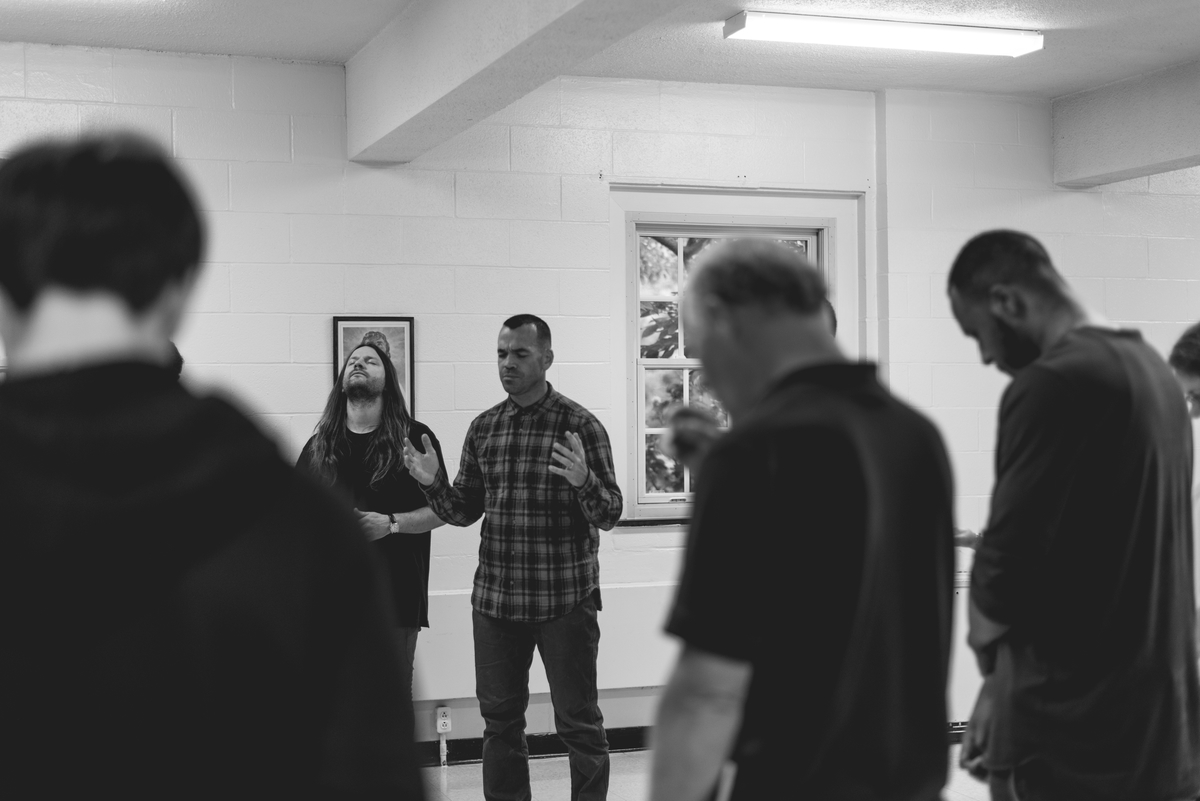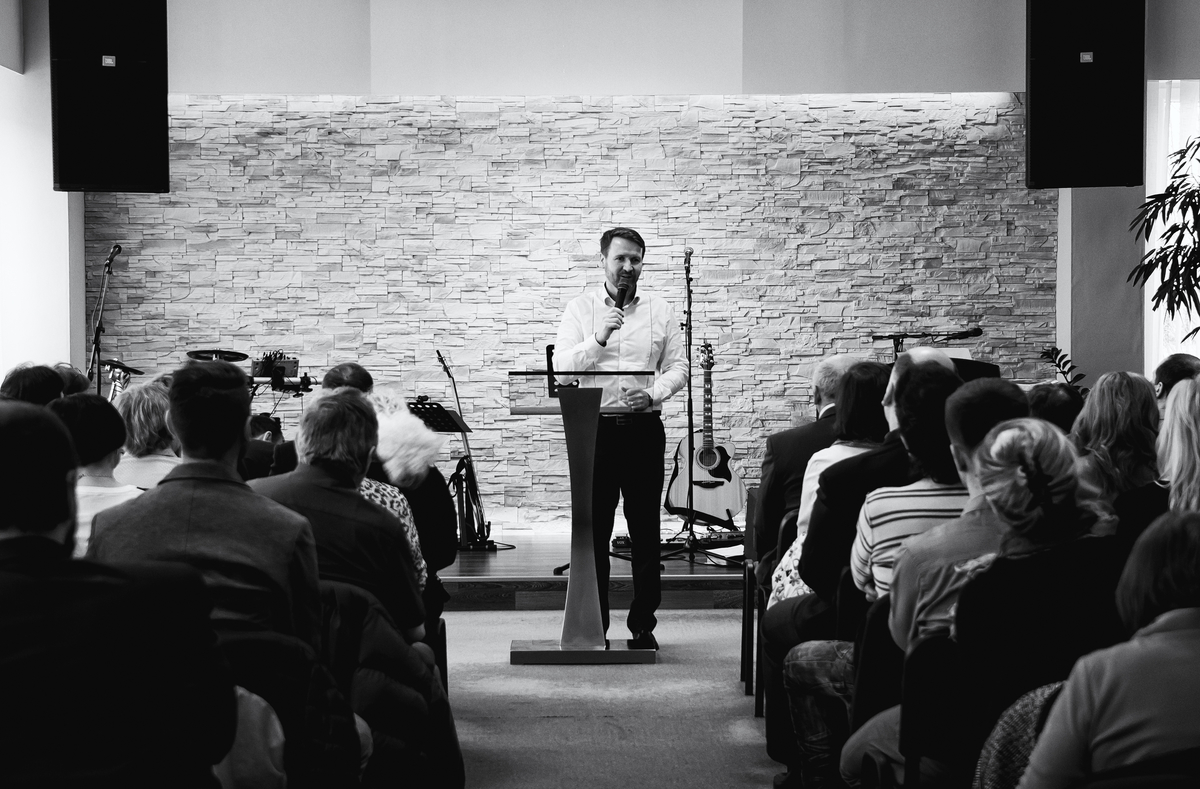The following is a guest post from David Lopez. J. David Lopez is the husband of Adriana, father of Dave and Isabella, follower of Jesus, and campus pastor of Christ Fellowship Downtown Miami.
Within a half hour of the writing of this article, I noticed some pretty graphic extremes. On one end, I heard about 15 different languages spoken, observed the building of four new high rises, saw the hustle and bustle of a more than a million plus people in downtown Miami, and even jumped on the metro mover to get to my next appointment; that’s one extreme. The other extreme led me to greeting the resident homeless guys that stay right outside our church office area, out of choice by the way, walking through the courthouse district that deals with the custody takeover of children in troubled homes, and seeing the local pimp doing … well, doing what he does. Dear Lord, how are we, as the church, going to reach all of these people? Where in the world do we start?
As we consider loving our cities, it’s important to remember that the city is not a “what,” but rather a “who.” The residents of our cities are living people with souls, social consciences, worldviews, and feelings. Since our mission is to reach people, let me ask: If the folks mentioned above were your closest family and friends, what would you do differently? How would you try to love them? Wealthy or poor, how would you respond? Let’s consider these ideas on how to love the under-resourced of your city.
Before storming the hill, I suggest we take a diagnosis of the land. Before we mobilize the troops and start handing out food at the local corner or assume that we know what’s needed, we should be fast to listen, and slow to speak or in this case, act. In church world, we enjoy service that is good and noble. This, however, does not always address the greater need — the disparity. Disparity is a lack of similarity or equality; inequality. These are the underlying causes to the tangible expressions of challenge that the under-resourced face in our cities. It’s the “why” behind the “what.” Our friends in the non-profit and government sectors normally have a good pulse on specific needs of their communities. In fact, if you know how to use Google, I would suggest typing in “disparity,” the name of your city, and your zip code. You may be surprised to discover what the issues are versus the solutions we are trying to provide.
Let me share an example. At my church, Christ Fellowship Miami, we operated a soup kitchen/clothing closet/shower center/worship service for the homeless of our community. When we started this work, we were the only center in Miami that was open on Sunday’s. There was a massive shortage on services, housing, food, and services then. Through the years, more centers began to open up. They provide all the services we did along with sufficient housing for almost all of the homeless of downtown Miami, health care, education, job skills training, life skills training, and future potential jobs. Once these centers opened, we had to ask, are we doing this because it’s what is going to help our homeless friends the most or do we continue to do this because it make us feel better about ourselves? We were doing great things, but we weren’t addressing the disparity.
Disparity vs. What did we want to do/What we’ve always done
Within six weeks of the opening of these centers, we had to make the hard decision of closing our ministry, and redirecting volunteers and resources to one of these centers. It was not a popular decision, but it was the right one. It was right because wholistic care, which we could not and were not providing, was now available to our friends. We had only housed or transitioned a handful of men. Now, before we jump to any conclusions about bailing out or giving up, I want to clarify that we didn’t stop feeding, we didn’t stop resourcing, we didn’t stop praying and serving. It all continued, within these centers that were established to better serve our homeless friends. We were able to find our place within the wholistic response.
If we were to be completely honest, the only other wholistic option that would address the disparity would have been to adopt one of our homeless friends and provide them with housing and food in their own homes. For every person that was critical about the decision, they were challenged with adopting one of our homeless friends and taking them home in order to match the services of our centers; no one ever did. Since that time, as a church we have seen more than 200 men and women find housing and receive comprehensive services. Men and women who came through our doors have found ways to get off the streets and move in the right direction. We have seen the church mobilized to volunteer, to give generously towards these initiatives, and to celebrate comprehensive life change. The need wasn’t food. It was so much more.
As you lead your church to love your city, I’d suggest you ask the questions we are always wrestling with in downtown Miami: Is this a real need, a disparity of our city, or is this something we prefer to do?
In light of the facts, how will you lead your church to love on your city? Please share your ideas in the comments.





